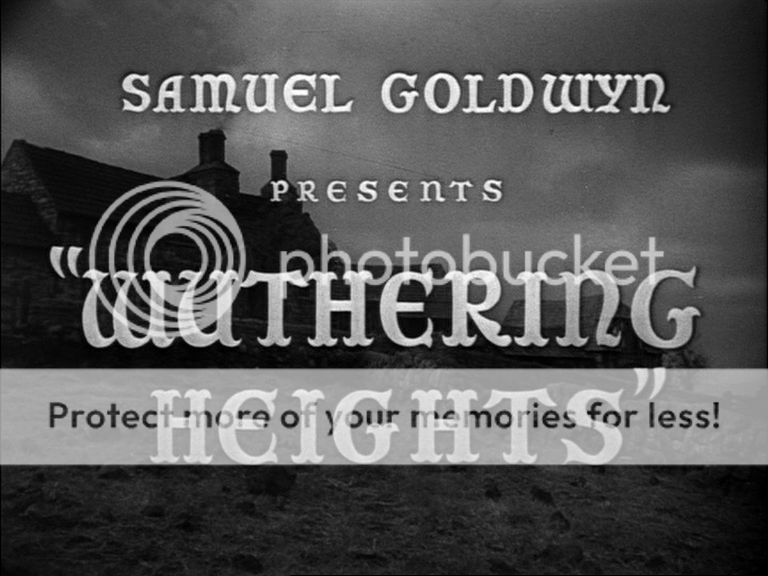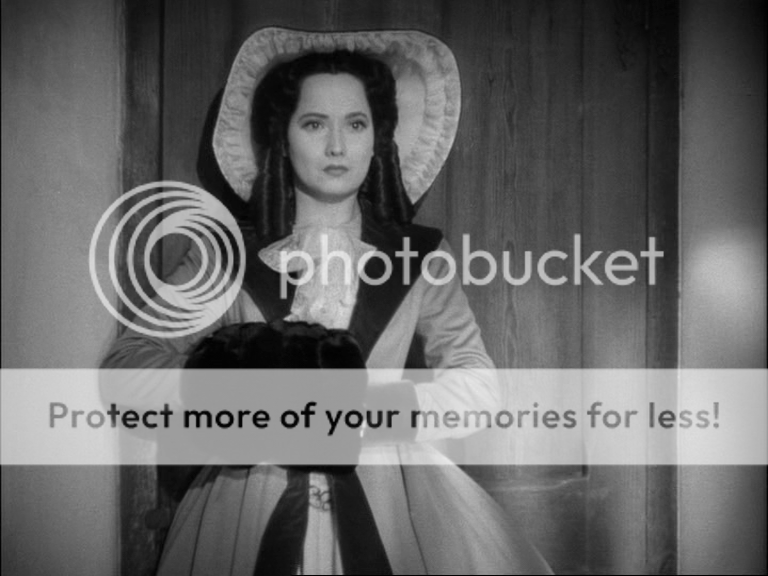

Gangster Baby Face Martin goes back to the East Side street where he grew up to see his mother, who denounces him as a murderer, and his childhood girlfriend who is now a streetwalker.
DEAD ENDSamuel Goldwyn's screen transcription of Dead End, as it came to the Rivoli Theatre last night, deserves a place among the important motion pictures of 1937 for its all-out and well-presented reiteration of the social protest that was the theme of the original Sidney Kingsley stage play.
As a picture of life in an East River dead-end street, where hopeless squalor rubs daily against Sutton Place elegance with no more salutary effect on either than mutual irritation, it is again an arresting, inductive consideration of the slum problem, a prima facie case for a revision of the social system. As a motion picture, however, it has technical faults, mainly its rigid adherence to the physical form of the play (seemingly a much too frugal use of so mobile an instrument as the camera), and its reshaping of the play's pivotal character to make him conform to the accepted cinema hero type.
But in spite of these relatively unimportant failings (both can be convincingly defended), the story of the frustrations and rebellions of the underprivileged people of Dead End has been brought smoothly and forcefully to the screen by an admirable cast.
Without ever moving off its one magnificent set, a disturbingly accurate conception of a typically contrasty block in the East Fifties, the camera seeks out Drina Gordon, her young orphan brother, Tommy, and his playmates: Dave Connell, sucked back into the environment after six valiant years of study to become an architect; Baby Face Martin, returning to visit the street after ten years as a marauding killer; Kay Burton, seeking retreat from unwholesome luxury in the fashionable apartment that towers above the tenements on the riverfront; and the other people of the teeming block.
The show undoubtedly belongs to the six incomparable urchins imported from the stage production whenever they are in view, but the camera occasionally leaves them to their swimming or to their boisterous horseplay to discover Drina, footsore after a day on the picket line, patching her worn shoe with paper; Dave and Kay, longing together for release from their respective imprisonments; Baby Face snarling at life after his mother's hateful denunciation and his disillusionment on finding that the girl, Francey, hadn't waited.
The character Dave, conceived in the original as an introspective cripple, is altered for Joel McCrea and simplified for the film audience in Lillian Hellman's adaptation. Here the conflict between the opposed products of the street, Dave and Baby Face, is physical and personal. There is an exchange of dissembled cunning for frank and righteous hatred, which is more suitable to McCrea's personality as the film audience knows him, and the film's climax is staged accordingly. Dave kills off the killer in a remorseless personal combat, instead of merely informing on him.
The salty street jargon of the noted youngsters, a feature that perhaps brought more people to the Belasco Theatre in the last two seasons than did the basic theme of the play, has necessarily been purged of its vulgarities, but it is still authentic New Yorkese and the highlight of the play.
Curtain calls are in order for all the principals, with as many as they'll answer to for the youngsters. Of the smaller parts, Claire Trevor's moment as Francey and Marjorie Main's flat-voiced hate as Martin's mother are memorable.
John T. McManus, NT Times, August 25, 1937


http://rapidshare.com/files/266802557/Dead_End_1937.avi.001
http://rapidshare.com/files/266802670/Dead_End_1937.avi.002
http://rapidshare.com/files/266802654/Dead_End_1937.avi.003
http://rapidshare.com/files/266802624/Dead_End_1937.avi.004
http://rapidshare.com/files/266802559/Dead_End_1937.avi.005
http://rapidshare.com/files/266802698/Dead_End_1937.avi.006
http://rapidshare.com/files/266802343/Dead_End_1937.avi.007
no pass























































